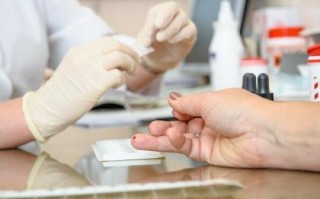Although ID/MS results usually are reproducible and accurate, the initial tryptic digestion step may increase results variability, especially when using peptides as IS. The choice of fast releasing peptides and the verification that digestion is complete are then necessary to achieve accurate and precise quantification [63]. In addition, to establish the calibration curve, concentrations of the IS have to be accurately measured. This can be done with a primary reference method such as amino acid analysis by ID-LC/MS, using high purity amino acid certified reference materials (CRMs) as calibrators. Then, results of apolipoprotein quantification can be traceable to the SI units via an unbroken traceability chain. However, the only available reference materials (RMs) for apolipoprotein quantification were produced in the early 1990s to harmonize IN and IT assays [64]. These materials were endorsed by the World Health Organization (WHO) and widely used to recalibrate routine apolipoprotein immunoassays but were never intended for standardization purposes. It appears nevertheless that most ID-LC/MS methods for apolipoprotein quantification use these WHO RMs as external calibrators [60], [61], [62].
Given its high accuracy, good comparability with IN assays [59], [60], possible SI traceability and high throughput, ID-LC/MS is one of the candidate reference methods for apoB and apoA-I quantification in serum. However, this method uses expensive materials, and although “turn-key” approaches have been reported [62], ID-LC/MS requires trained technical staff and dedicated instrumentation. This method is thus mostly used for research purposes and has neither been involved in clinical studies nor transferred to clinical laboratories for routine.
- 1
- 2
- 3
- 4
- 5
- 6
- 7
- 8
- 9
- 10
- 11
- 12
- 13
- 14
- 15
- 16
- 17
- 18
- 19
- 20
- 21
- 22
- 23
- 24
- 25
- 26
- 27
- 28
- 29
- 30
- 31
- 32
- 33
- 34
- 35
- 36
- 37
- 38
- 39
- 40







还木有评论哦,快来抢沙发吧~